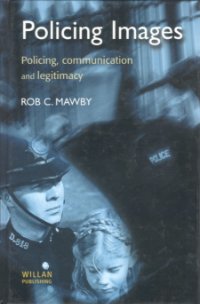By Daniela Collazos, Eduardo García, Daniel Mejía, Daniel Ortega, and Santiago Tobón
Objectives: Test direct, spillover and aggregate effects of hot spots policing on crime in a high crime environment. Methods: We identified 967 hot spot street segments and randomly assigned 384 to a six-months increase in police patrols. To account for the complications resulting from a large experimental sample in a dense network of streets, we use randomization inference for hypothesis testing. We also use non-experimental streets to test for spillovers onto non-hot spots, and examine aggregate effects citywide. Results: Our results show an improvement in short term security perceptions and a reduction in car thefts, but no direct effects on other crimes or satisfaction with policing services. We see larger effects in the least secure places, especially for short term security perceptions, car thefts and assaults. We find no evidence of crime displacement but rather a decrease in car thefts in nearby hot spots and a decrease in assaults in nearby non-hot spots. We estimate that car thefts decreased citywide by about 11 percent. Conclusions: Our study highlights the importance of context when implementing hot spots policing. What seems to work in the U.S. or even in Bogotá is not as responsive in Medellín (and vice versa). Further research¿especially outside the U.S.¿is needed to understand the role of local crime patterns and police capacity on the effectiveness of hot spots policing.
Bogotá, Colombia: Universidad de los Andes–Facultad de Economía–CEDE, 2019. 44p.





















